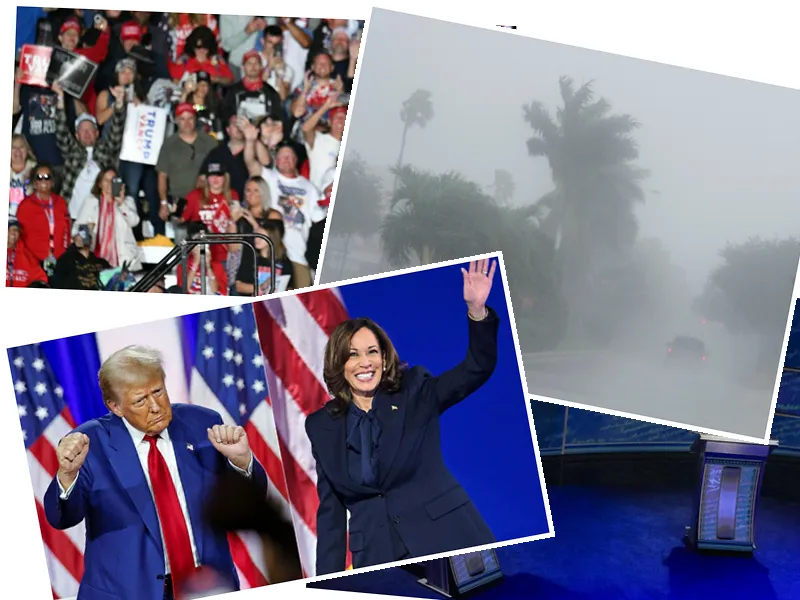Trump and Harris in a Tight Race for Black Votes
As the presidential election approaches, the competition between Kamala Harris and Donald Trump intensifies, particularly within the African-American community. Recent polling data indicates that while Harris has gained support among black voters—nearly 80% according to a New York Times-Siena College poll—this is still a decline compared to the 90% support Joe Biden secured in the 2020 election. The Democratic candidate's campaign is heavily reliant on mobilizing black voters, especially given the anger towards Trump's previous remarks regarding race and immigration.
Trump's campaign has made significant inroads, with 15% of likely black voters now indicating support for him, a notable increase from four years ago. This shift is attributed to a growing perception among younger African-American voters that the Democratic Party has failed to fulfill its promises. As the election date of November 5 approaches, both candidates are focusing on strategies to sway undecided voters, with Trump attempting to appeal to black men through targeted outreach and advertising.
The Stakes in Swing States
Michigan, a crucial swing state, is a focal point in this election. Traditionally a Democratic stronghold, the state has seen a shift in voter sentiment since Trump's 2016 victory. Conversations in communities such as Dearborn, which has a significant Arab-American population, reveal a diverse range of opinions. Many voters express disillusionment with both candidates, leading to potential support for third-party options like Jill Stein of the Green Party.
Economic issues, particularly inflation, are at the forefront of voters' concerns. Many working-class voters, who were pivotal in past elections, are now expressing skepticism towards Harris and the Democrats. Union leaders in Michigan acknowledge that the Arab vote could be decisive, as many in this community feel alienated by the Democratic Party's stance on foreign policy, particularly regarding Israel and Palestine.
Voter Sentiment and Key Demographics
Polls indicate that both Harris and Trump have lost ground in terms of voter confidence, with many Americans feeling that neither candidate has articulated a clear vision for the future. A recent ABC News/Ipsos poll highlighted that a majority of voters believe both candidates are not providing enough detail on their policy plans. The urgency for both candidates to connect with undecided voters is palpable as they strive to energize their bases and attract independents.
In the context of the Latino community, mixed sentiments are evident. Some voters express a desire for change and are frustrated with both major parties. An example is Mariluz Caballero, a Venezuelan-American who plans to vote Democrat to counter her husband’s Republican vote, showcasing the complexities of voter sentiment across demographics.
Conclusion
As the election approaches, the dynamics between Trump and Harris are fluid, with both candidates needing to address the concerns of key voter groups, including black, Arab-American, and Latino communities. The outcome of the election will heavily depend on their ability to mobilize these voters and articulate a compelling vision for the future.





